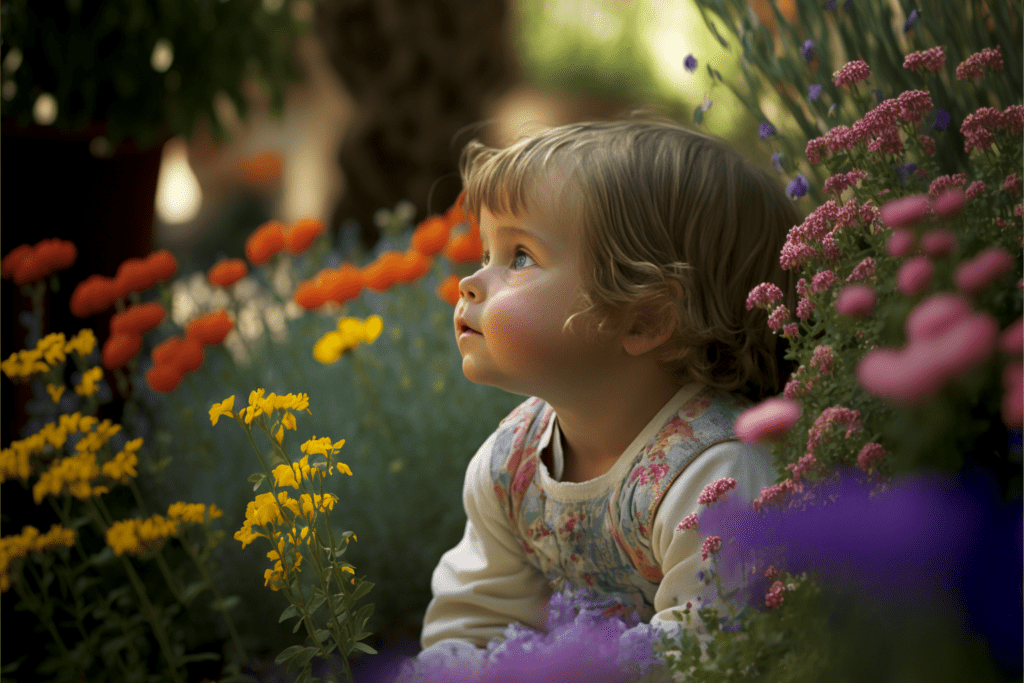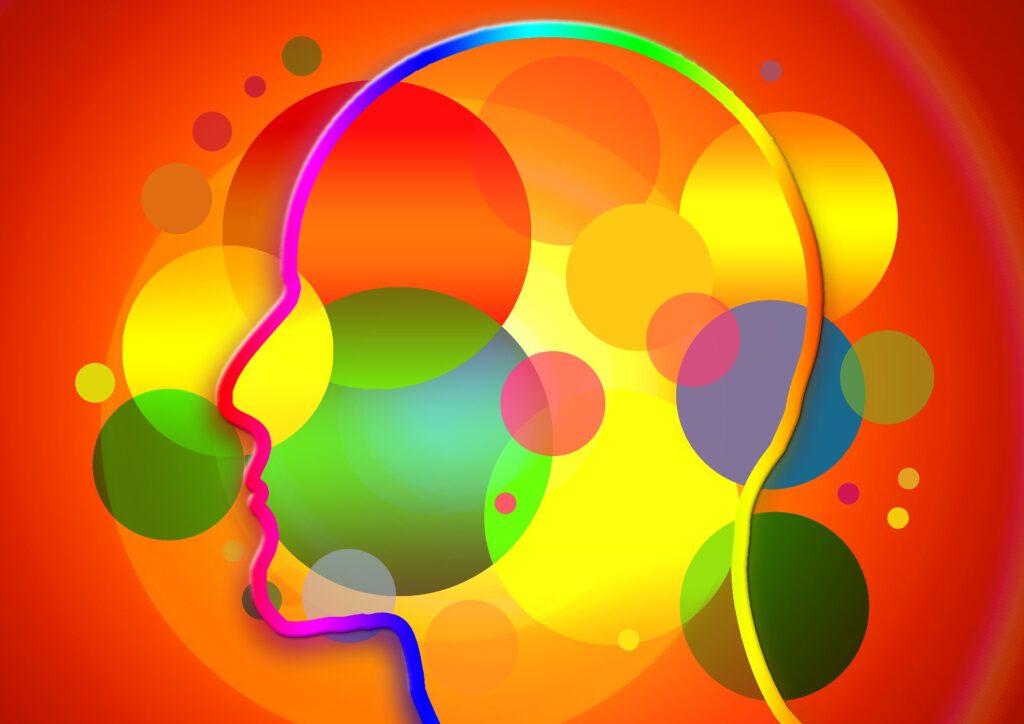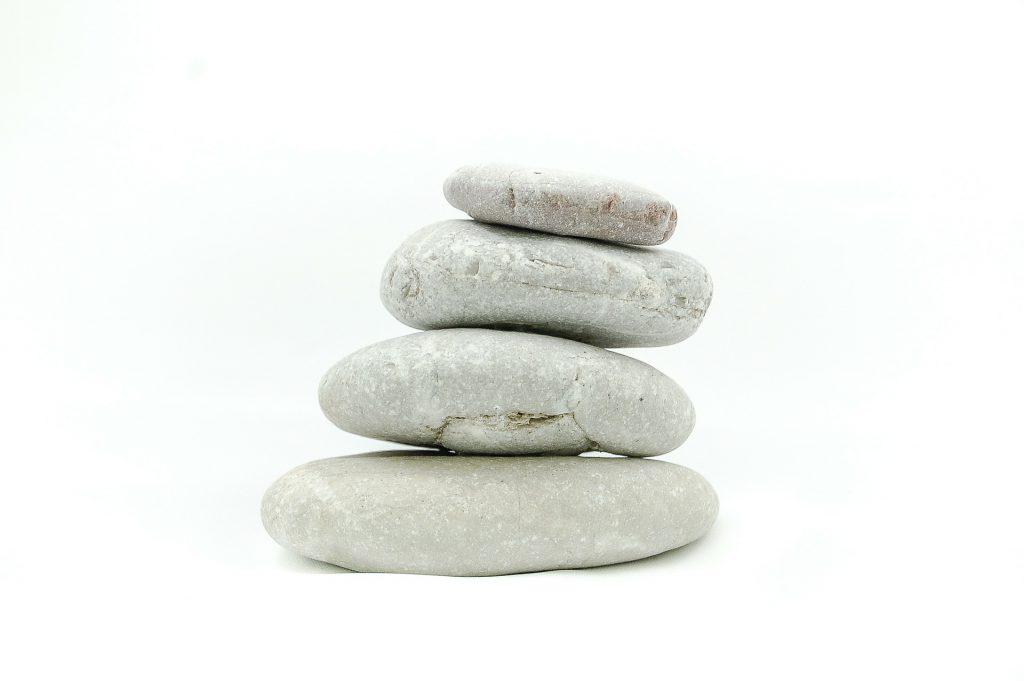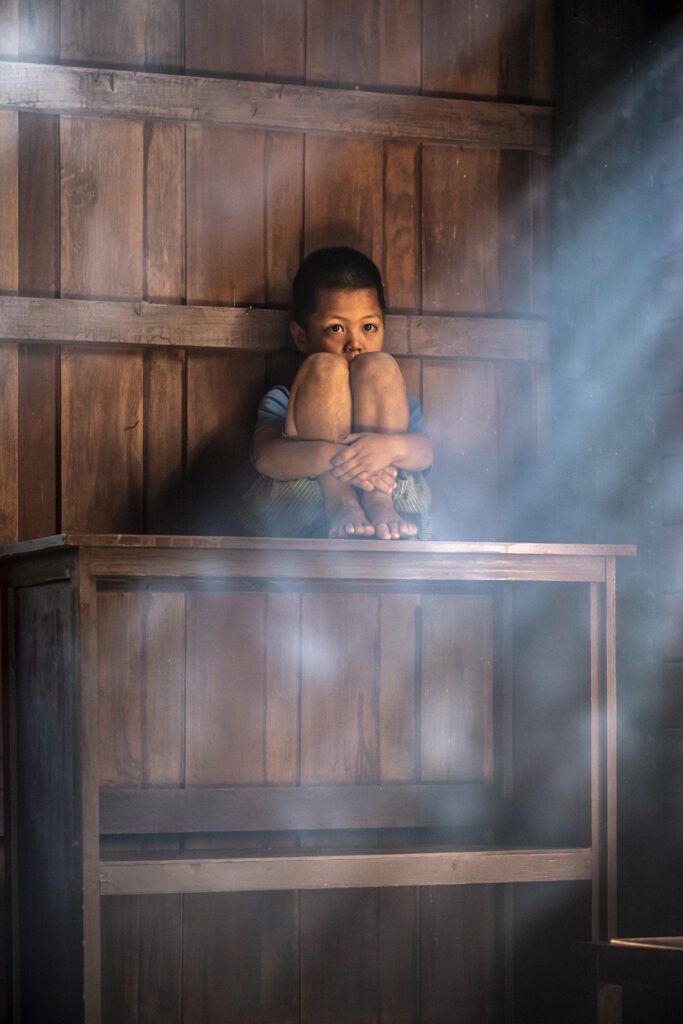Childhood Trauma: understanding and overcoming rage in cPTSD
Childhood Trauma: understanding and overcoming rage in cPTSD.Childhood Trauma: understanding and overcoming rage in cPTSD.Definition of rage – What is rage, and how is it defined? Categories of rage 1. Chronic rage: 2. Situational rage: 1. Passive rage: 2. Expansive rage: 1. Total rage: 2. Partial rage 1. Survival rage: 2. Shame-based rage: 3. Abandonment rage. II. Causes of rage in cPTSD.A. Traumatic experiences in childhood […]
Childhood Trauma: understanding and overcoming rage in cPTSD Read More »




